-Written By Kankabati Datta
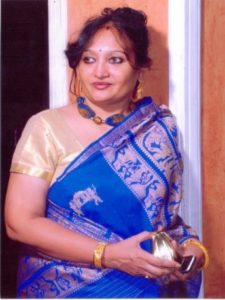
(Reading Time: 16 min Approx)
“I’m Abanindranath Tagore. I write pictures. (Chhobi Likhi). I can’t say I’m too good at spellings but I sure know how to make people spell bound!” Such were the words visionary Bengali writer and painter Abanindranath Tagore. He is known as the nephew of the iconic renaissance personality, the poet, philosopher, author Rabindranath Tagore. Abanindranath explored the fundamental entwinement of art and literature in many fold ways. His descriptions were visual, hitting the inner eye like, pictures, one after the other.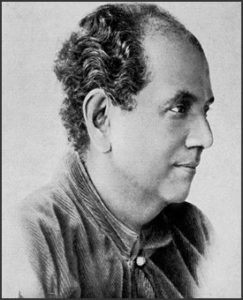
Such as in the following scene from “NALOK”, – “Saint Debal was sitting deep in meditation. A little boy called Nalok was at his side. The woods were dark, with a few stars lighting the dark sky. The saint opened his eyes and gazed before him. What he saw was a strange and wonderful light ahead which was neither moonshine, nor sunlight, but an illumination comprising of all sorts of lights. Some one seemed to have waved a flag made up of seven bright rainbow colours in the sky.” (From “Nalok” by Abanindranath Tagore)
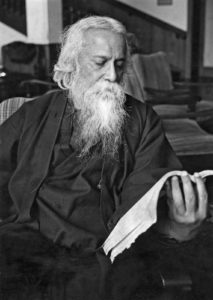 Rabindranath Tagore explored the nuances of visual expression when he picked up the palette and brush at a very mature age of around sixty. By then the camera had been invented. Portraying objects realistically in painting became something a camera could challenge and perhaps render even better.
Rabindranath Tagore explored the nuances of visual expression when he picked up the palette and brush at a very mature age of around sixty. By then the camera had been invented. Portraying objects realistically in painting became something a camera could challenge and perhaps render even better.
Hence evolved the concepts of abstraction, impressionism, structuralism and other movements in the world of art. The idea was to project inner reality. It was the images which were going on within the mind that were expressed in modern art.
The first non-European writer to receive the Nobel Prize for Literature, Rabindranath was also the first Indian artist whose paintings were exhibited across Europe, Russia and the United States in 1930.
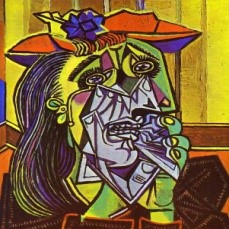 It was almost from the womb of the written word that Tagore’s art works were born. While in the process of writing, he used to cancel some lines or words, and replace them with others, rewriting the portion, thus creating some interesting scribbles on the manuscript. These doodles gradually turned crossed out words into images that were overpowering.
It was almost from the womb of the written word that Tagore’s art works were born. While in the process of writing, he used to cancel some lines or words, and replace them with others, rewriting the portion, thus creating some interesting scribbles on the manuscript. These doodles gradually turned crossed out words into images that were overpowering.
The style of his work is very individual, highly imaginative, characterised by simple, bold forms, and a poetic quality. His ideas and perceptions later served to inspire many modern artists. The doodles that led his artistic journey, were unplanned and shaped by intuitive decisions. They often seem to carry memories of primitive art objects which he might have seen in museums or books. Some of this was carried on to his early paintings, which project strange, sometime grotesque forms. Many of them represent animals, but they are seldom realistic, unlike the ones we see in real life.
His work displays a great sense of fantasy, rhythm and vitality. A powerful imagination added on inexplicable strangeness to his work, inspiring generations of painters. Artist Robin Mondol’s wife, Bani Mondal used to joke that a friend of hers had thus remarked “Please do come to my wedding. But pray please don’t bring one of your husband’s paintings along as a wedding gift”. “Why not?” being thus asked the bride giggled. “Your husband paints weird, sometimes grotesque forms, frightening imaginary animals; my groom might get scared on seeing them.”
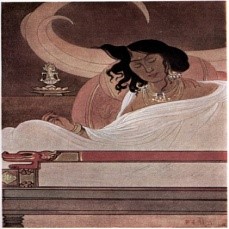 Tagore had modernised Bengali art by casting aside rigid classical forms and lingual structures. Some of this symbolism trickled into a few of his literary works like “Raja” (King), which revolves around the metaphor of a king, whose existence can be felt yet cannot be seen.
Tagore had modernised Bengali art by casting aside rigid classical forms and lingual structures. Some of this symbolism trickled into a few of his literary works like “Raja” (King), which revolves around the metaphor of a king, whose existence can be felt yet cannot be seen.
Both Rabindranath Tagore and Satyajit Ray wielded the pen and the sketchbook, sketch pencil or paint brush with equal ease. Whereas, Tagore began his tryst with painting at a very ripe age; Ray took to writing quite late in his life. It was actually as an artist – a graphic designer that he had begun his career. Later he ventured into film making which took his career to the zenith. Being a film maker, imagination came naturally to him. His notebooks, sketches of shots can be taken as predominant example of that. His cinema tends to have a strong base build with expression of images, composition, colour schemes.
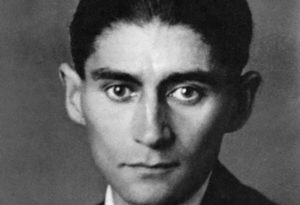 Franz Kafka used to maintain a dream diary in which he noted down the images that flashed through his mind in his sleep. According to Sigmund Freud, this aspect of the brain and mind’s function is the area of unconscious mind.
Franz Kafka used to maintain a dream diary in which he noted down the images that flashed through his mind in his sleep. According to Sigmund Freud, this aspect of the brain and mind’s function is the area of unconscious mind.
A similar strain runs through the French symbolist poets like Rimbaund or Mallarme, whereby it’s images which hold their poetry together. Even when we come to think of the work of the Romantic poets like Wordsworth’s “Daffodils”, one is struck by the image of the flowers which have inspired the poem, an image which the poet professes to linger in his mind long after it ceases to be before his vision. Similarly, the image of the woods in Robert Frost’s “Stopping by the Woods” is overpowering.
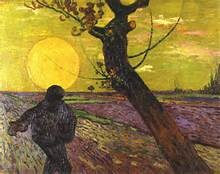 Perhaps it will not be an exaggeration to say that Cinema, as an art is a bridge between art and literature, in which a literary work is actually expressed through pictures. However, according to author Buddhadeva Bose, literature is a superior form of expression since it is the thoughts that arise within our mind – what we think cannot be expressed through images and visuals.
Perhaps it will not be an exaggeration to say that Cinema, as an art is a bridge between art and literature, in which a literary work is actually expressed through pictures. However, according to author Buddhadeva Bose, literature is a superior form of expression since it is the thoughts that arise within our mind – what we think cannot be expressed through images and visuals.
Conversation between person to person is usually clothed in politeness and as such is superficial. One rarely expresses one’s real, actual feelings, thoughts, observations or opinions openly in totality, when talking to another person. Hence all thoughts cannot be communicated through dialogues, between characters in cinema, let alone through images. It is only in writing that one’s inner thoughts, feelings and realizations can be expressed in totality is what Buddhadeva Bose opines.
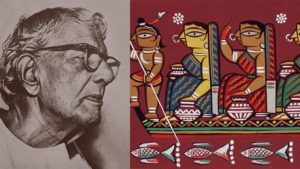 Indeed, the friendship of Bose with painter Jamini Roy is an indication that literature and art have much in common. Jamini Roy had once told Buddhadeva – “I have so many ideas, thoughts and concepts going on in my mind, sometimes I feel my head will burst unless I express them. Yet my paint brush is felt to be inadequate to narrate it all to you.”
Indeed, the friendship of Bose with painter Jamini Roy is an indication that literature and art have much in common. Jamini Roy had once told Buddhadeva – “I have so many ideas, thoughts and concepts going on in my mind, sometimes I feel my head will burst unless I express them. Yet my paint brush is felt to be inadequate to narrate it all to you.”
The poet Vishnu Dey, too was a close friend of the legendary painter. The discourses and intellectual exchanges of ideas held between them used to captivate those who had the privilege of listening to them like Jyotirmoy and Meenakshi Dutta. Some of it is expressed in Jamini Roy’s letters written to Buddhadava Bose and his novelist wife, Protibha Bose.
Some of the other modern Bengali artists who had wielded the pen are Paritosh Sen, in “Aam Sundari”, Nirod Majumdar in “Punashcho Paari”, Rabin Mondol, among others.
Vincent Van Gogh had mentioned that he was drawn to authors who could “paint with words”, and in fact it was with the eye of an artist that he read literature, long before he became one. Emile Zola and Balzac were said to be closely known to him.
In a letter written to his brother Theo, (letter number 133) Vincent Van Gogh had written: “I have a more or less irresistible passion for books, and constantly need to instruct myself to study, if you will, just as I need to eat my bread.”
Evert Van Uitert writes about the great artist in the following manner:
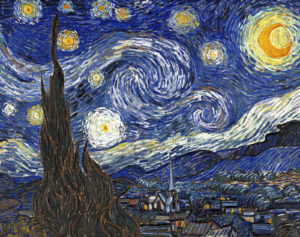
“Vincent Van Gogh was an artist with a great love of literature. Man is shaped by literature and history, and Van Gogh was in search of humanity, of which he set out to be a painter – chronicler, in the mould of Millet or Michelet, the historian and author who painted with words. Van Gogh did not decide to become an artist until 1880, but his love of books dated from earlier.”
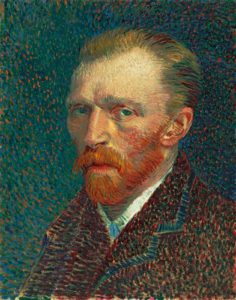 In another of Van Gogh’s letters, the painter writes – “In reading books, as in looking at pictures, one must admire what is beautiful without doubts, without hesitation.” “No writer is so much a painter and draughtsman as Charles Dickens.”
In another of Van Gogh’s letters, the painter writes – “In reading books, as in looking at pictures, one must admire what is beautiful without doubts, without hesitation.” “No writer is so much a painter and draughtsman as Charles Dickens.”
Books often appear in Van Gogh’s paintings, such as in the picture of a woman, “L’Artesienne” (F542) Saint – Remy 1890, Canvas, 65 x 54 cm. Seen in the painting are translations of Harviet Beecher Stowe, Uncle Tom’s Cabin, and Charles Dickens “A Christmas Carol” in the fore ground the table behind which the figure is seated. Or the painting titled “The novel reader” (F 497) Artes 1888.
Van Gogh was fascinated by the poem “La nuit de decembre” (The December night) by Alfred de Musset. It is said to have created a deep and profound impression on him. The poet describes a black clad companion in the poem who so resembles him that he could be his brother. The mysterious figure turns out to be loneliness, who has been with him in moments of great sadness ever since he was a child. Van Gogh infused many such ideas from literature into his paintings.
“There is something of Rembrant in Shakespeare, of Delacroix in Victor Hugo, of Correggio in Michelet” he wrote in one of his letters.
“I have a face cut from ice
a heart pierced in a thousand places
so to remember
always the same voice
the same gestures
and my laughter
heavy as a wall
between you and me
the ones who are most alive
seem the most still
behind the milky way
a shadow dances
our gaze climbs towards
the stars
(Pablo Picasso)
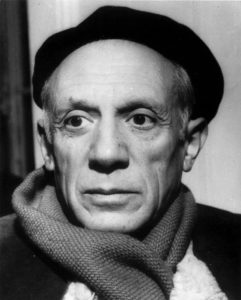 Pablo Picasso was a poet and playwright alongside being known as the father of modern art.
Pablo Picasso was a poet and playwright alongside being known as the father of modern art.
One of the greatest and most important artists of the twentieth century, as well as the co-creator of cubism. His painting, “Guernica” which depicts the bombing of a Basque village during the Spanish civil war reminds one of some of the scenes in Jean Paul Sartre’s novel “Roads to Freedom” Painted in black, white and greys, the “Guernica” is a testament to the horrors of war, just as is narrated in Sartre’s novel.
At the age of fifty-four Picasso began to write poetry. The process of writing is said to have coincided with a devastating marital crisis – a financially risky divorce to be more exact. Much of “his writing stemmed from the turbulence of his complicated love life.
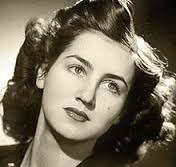 Picasso had countless relationships with girlfriends, mistresses, muses and prostitutes during his lifetime, marrying only twice. He wed a ballerina named Olga Khokhlova in 1918 and they remained together for nine years, separating in 1927. They had a son together too, named Paulo. In 1961, at the age of 79, he married Jaqueline Roque who committed suicide in 1986. While married to Khokhlova, Picasso began a long-term relationship with Marie – There Se Walter. They had a daughter together, Maya–Walter committed suicide after Picasso died. In between marriages, Picasso had several relationships including an affair with a twenty-one-year-old student named Francoise Gilot. He was sixty-one at the time. They had two children together son Claude and daughter Paloma, before parting ways in 1953. Gilot later married Scientist Jonas Salk, the inventor of the Polio Vaccine. Picasso’s colourful and turbulent life shimmers through his poetry:
Picasso had countless relationships with girlfriends, mistresses, muses and prostitutes during his lifetime, marrying only twice. He wed a ballerina named Olga Khokhlova in 1918 and they remained together for nine years, separating in 1927. They had a son together too, named Paulo. In 1961, at the age of 79, he married Jaqueline Roque who committed suicide in 1986. While married to Khokhlova, Picasso began a long-term relationship with Marie – There Se Walter. They had a daughter together, Maya–Walter committed suicide after Picasso died. In between marriages, Picasso had several relationships including an affair with a twenty-one-year-old student named Francoise Gilot. He was sixty-one at the time. They had two children together son Claude and daughter Paloma, before parting ways in 1953. Gilot later married Scientist Jonas Salk, the inventor of the Polio Vaccine. Picasso’s colourful and turbulent life shimmers through his poetry:
Whisper
The shiver of hands
blind without memory
and so,
friendly still
yet sweet like the words
forgotten
to the tremble of lips
quiet
there are no surprises
here
rest your eye lids
until they become stone
rest your heart
until it stops
(it beats new only for
itself
in some secret place)
(Pablo Picasso)
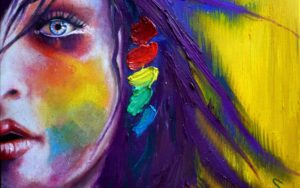

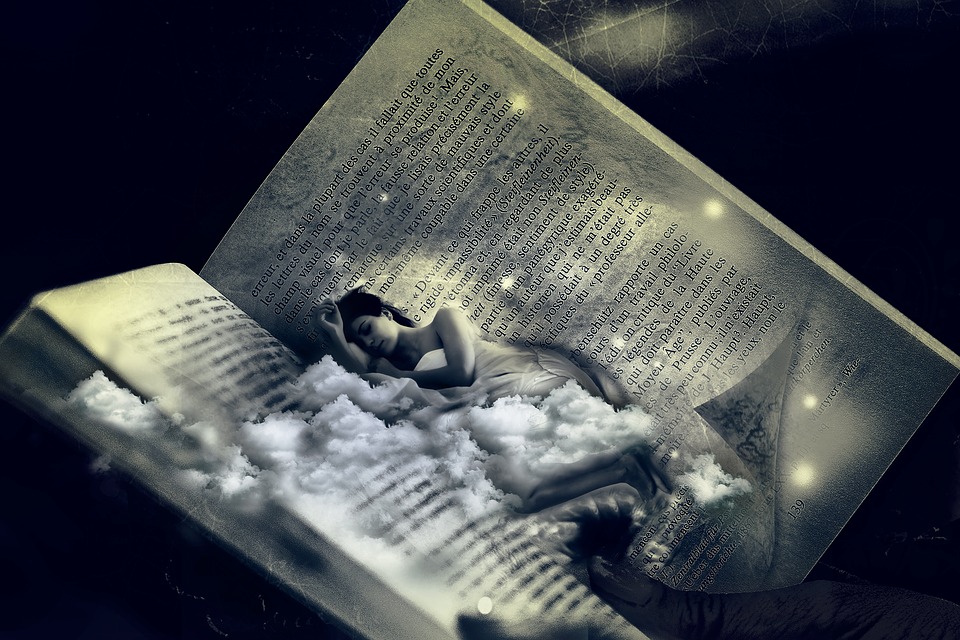
Beautifully written…….had a lovely experience